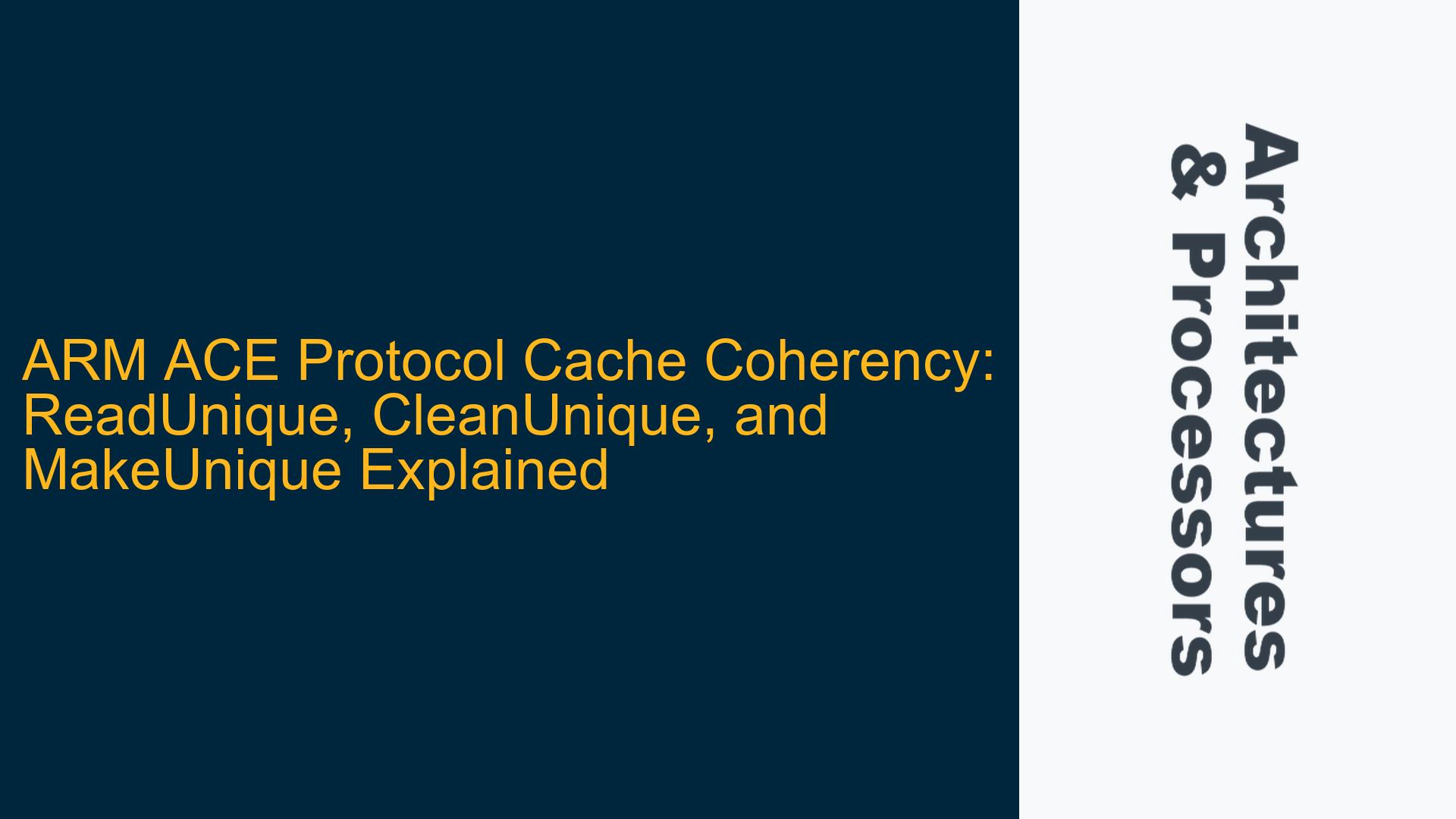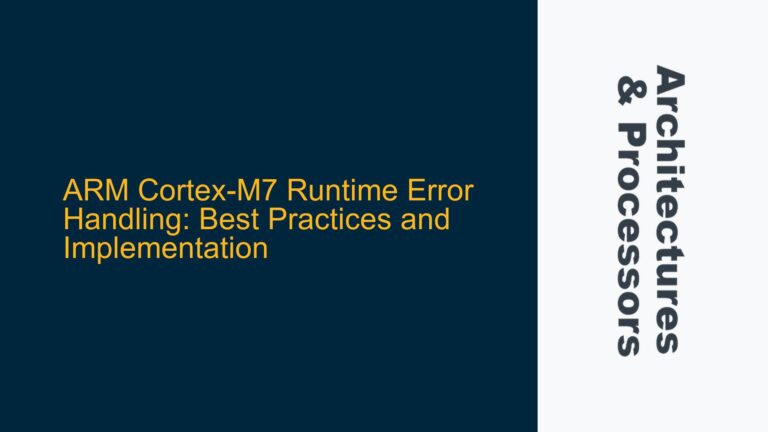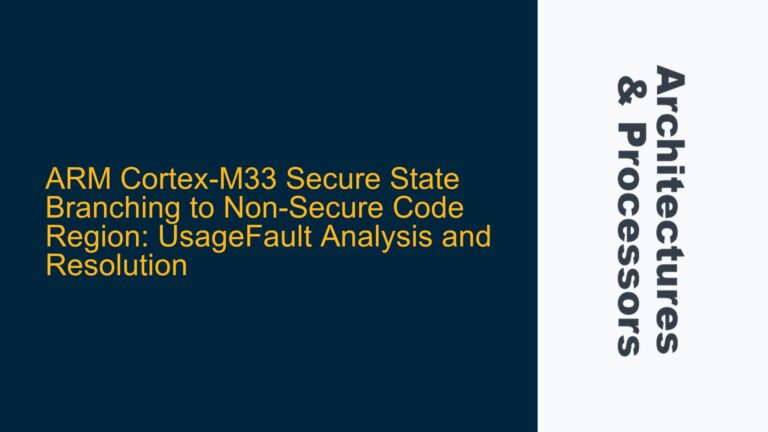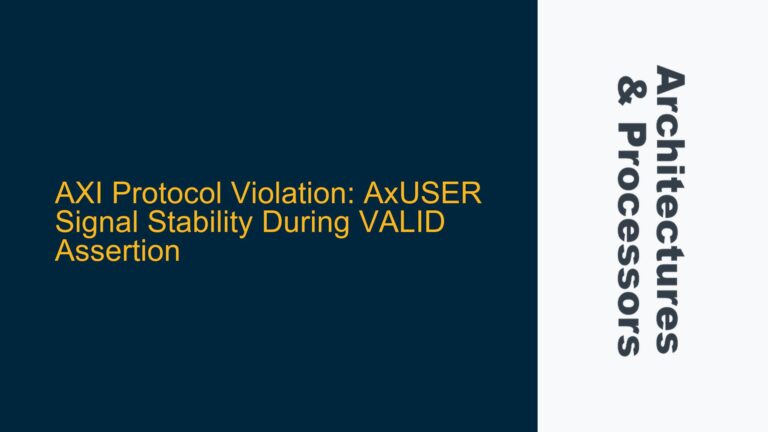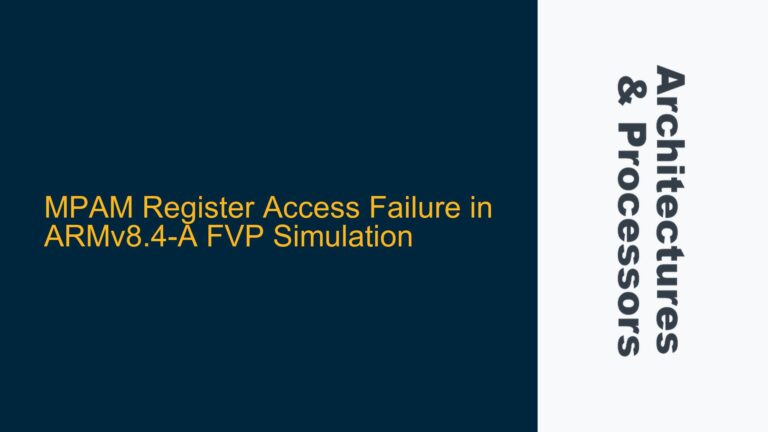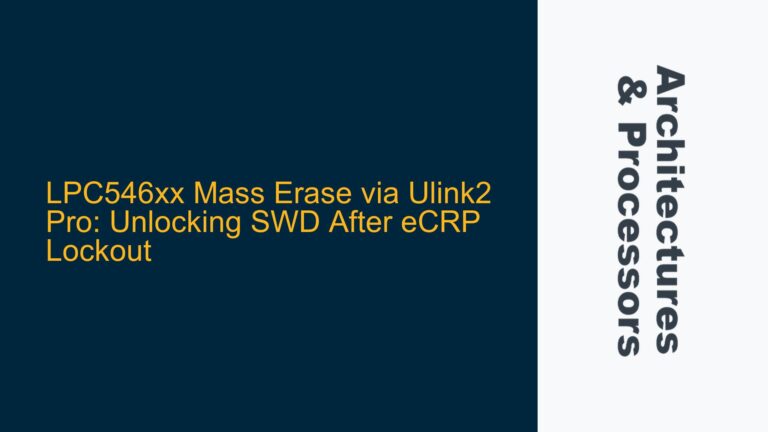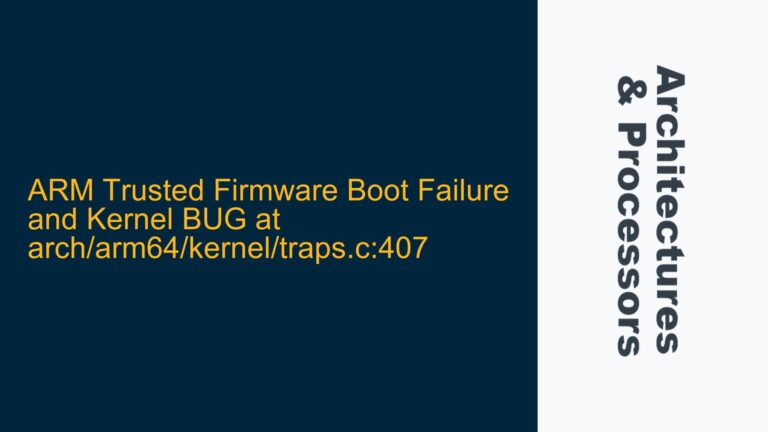ARM Cortex ACE Protocol Cache Coherency Mechanisms
The ARM ACE (AXI Coherency Extensions) protocol is designed to maintain cache coherency in multi-core systems, ensuring that all processors and agents have a consistent view of memory. The protocol introduces several transaction types, including ReadUnique, CleanUnique, and MakeUnique, which are critical for managing cache line states during read and write operations. These transactions are particularly important in systems where multiple masters (e.g., CPUs, GPUs, or DMA controllers) share access to the same memory regions.
At the heart of the ACE protocol is the concept of cache line ownership and state management. Each cache line can exist in one of several states, such as Shared, Unique, or Dirty, depending on whether it is shared among multiple caches, exclusively owned by a single cache, or modified and not yet written back to main memory. The ReadUnique, CleanUnique, and MakeUnique transactions are used to transition cache lines between these states while ensuring coherency.
The ReadUnique transaction is typically used when a master needs to perform a partial cache line store but does not already have a copy of the cache line. This transaction ensures that the master obtains an exclusive copy of the cache line, invalidating any other copies in the system. The CleanUnique transaction is used when a master already has a copy of the cache line but needs to ensure that no other copies exist before performing a partial store. Finally, the MakeUnique transaction is used for full cache line stores, where the master invalidates all other copies of the cache line to gain exclusive ownership.
Understanding the precise behavior of these transactions is critical for implementing efficient and correct cache coherency mechanisms in ARM-based systems. Misuse or misunderstanding of these transactions can lead to subtle bugs, such as data corruption, stale data reads, or performance degradation due to unnecessary cache invalidations or flushes.
Cache Line State Transitions and Coherency Implications
The behavior of the ReadUnique, CleanUnique, and MakeUnique transactions can be understood in terms of their impact on cache line states and coherency. Each transaction has specific requirements and effects on the cache line state, which must be carefully managed to avoid coherency violations.
The ReadUnique transaction is initiated when a master needs to perform a partial cache line store but does not already have a copy of the cache line. This transaction ensures that the master obtains an exclusive copy of the cache line by invalidating any other copies in the system. The key point of confusion in the original question is whether this transaction writes back and flushes the cache line or simply invalidates it. The answer lies in the ACE protocol’s handling of cache line states. If the cache line is in the Dirty state in another cache, the ReadUnique transaction will cause that cache to write back the dirty data to main memory before invalidating its copy. This ensures that the master receives the most up-to-date data when it obtains the exclusive copy.
The CleanUnique transaction is used when a master already has a copy of the cache line but needs to ensure that no other copies exist before performing a partial store. This transaction removes all other copies of the cache line, but if it finds a cache that holds the line in a Dirty state, it ensures that the dirty data is written back to main memory. This behavior is similar to the ReadUnique transaction but is used in cases where the master already has a copy of the cache line. The CleanUnique transaction does not invalidate the master’s own copy of the cache line; it only removes other copies.
The MakeUnique transaction is used for full cache line stores, where the master invalidates all other copies of the cache line to gain exclusive ownership. This transaction is simpler than ReadUnique and CleanUnique because it does not involve writing back dirty data. Instead, it simply invalidates all other copies of the cache line, ensuring that the master has exclusive access to the cache line for the subsequent store operation.
These transactions are essential for maintaining cache coherency in systems with multiple masters. However, their precise behavior can be subtle, and misunderstandings can lead to coherency violations. For example, failing to account for the write-back of dirty data during a ReadUnique or CleanUnique transaction can result in stale data being read by other masters. Similarly, incorrect use of the MakeUnique transaction can lead to unnecessary cache invalidations, which can degrade performance.
Implementing Correct Cache Coherency with ACE Transactions
To implement correct cache coherency using the ACE protocol, it is essential to understand the precise behavior of the ReadUnique, CleanUnique, and MakeUnique transactions and to use them appropriately in different scenarios. Below, we outline the key considerations and steps for ensuring correct cache coherency in ARM-based systems.
First, when using the ReadUnique transaction, it is important to recognize that this transaction will write back and flush the cache line if it is in the Dirty state in another cache. This ensures that the master receives the most up-to-date data when it obtains the exclusive copy. If the cache line is not in the Dirty state, the ReadUnique transaction will simply invalidate other copies without writing back to main memory. This behavior must be accounted for when designing systems that rely on partial cache line stores.
Second, the CleanUnique transaction should be used when a master already has a copy of the cache line but needs to ensure that no other copies exist before performing a partial store. This transaction will remove all other copies of the cache line, and if it finds a cache that holds the line in a Dirty state, it will ensure that the dirty data is written back to main memory. This ensures that the master’s partial store operation does not overwrite stale data. It is important to note that the CleanUnique transaction does not invalidate the master’s own copy of the cache line; it only removes other copies.
Third, the MakeUnique transaction should be used for full cache line stores, where the master invalidates all other copies of the cache line to gain exclusive ownership. This transaction is simpler than ReadUnique and CleanUnique because it does not involve writing back dirty data. However, it is critical to ensure that the MakeUnique transaction is used only when necessary, as unnecessary invalidations can degrade performance.
In addition to understanding the behavior of these transactions, it is important to implement proper memory barriers and cache management techniques to ensure that cache coherency is maintained across all operations. Memory barriers can be used to enforce ordering constraints between transactions, ensuring that coherency operations are performed in the correct sequence. Cache management techniques, such as explicit cache invalidations and clean operations, can be used to ensure that cache lines are in the correct state before performing store operations.
Finally, it is essential to test and validate the cache coherency implementation thoroughly. This can be done using simulation tools, hardware debugging tools, and coherency test suites. These tools can help identify subtle coherency issues, such as stale data reads or incorrect cache line state transitions, which can be difficult to detect through manual inspection alone.
By following these steps and understanding the precise behavior of the ReadUnique, CleanUnique, and MakeUnique transactions, developers can implement correct and efficient cache coherency mechanisms in ARM-based systems. This ensures that all masters have a consistent view of memory, avoiding data corruption and performance degradation.
